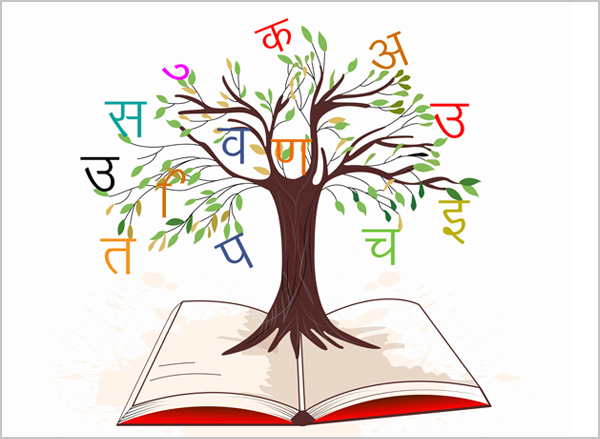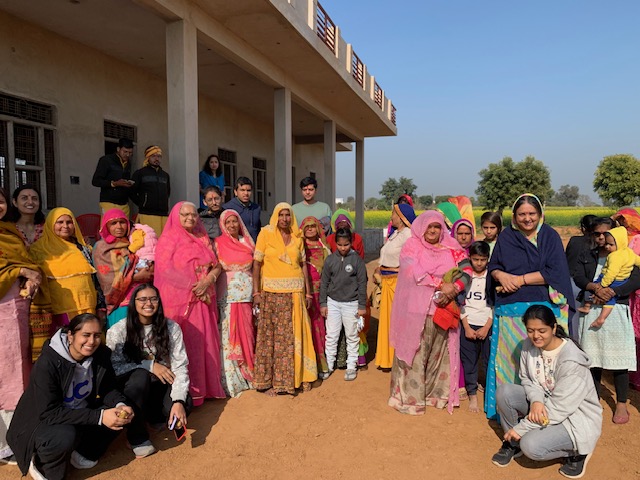I would like to discuss Linguistics and natural language processing (NLP) in today’s blog. These are two fields that are of particular interest to me. They both study and understand human language. Linguistics is the scientific study of language and its structure. NLP is used to develop computer systems that can understand, interpret, and generate human language. The intersection of these fields is fascinating and a rapidly growing field.
Linguistics analyzes language structure, meaning, and use. In study of Linguistics we aim to understand the universal properties of language, describe different languages, and explore how languages evolve over time.
Linguistics is divided into several components:
-Phonetics and Phonology: Study of speech sounds.
-Morphology: Study of word structure and formation.
-Syntax: Study of sentence structure.
-Semantics: Study of meaning.
-Pragmatics: Study of language use in context.
Natural Language Processing (NLP): NLP is a subfield of artificial intelligence (AI). It deals with interactions between computers and human language. It is used to develop algorithms and models to enable computers to understand, interpret, and generate human language.
NLP has various applications, including:
-Machine Translation: Translating text from one language to another.
-Sentiment Analysis: Determining the sentiment expressed in text.
-Named Entity Recognition: Identifying entities (e.g., names of people, places) in text.
-Chatbots and Virtual Assistants: Interacting with users in natural language.
Linguistic knowledge is often used to develop NLP systems to improve language understanding and generation. Linguistic theories and principles, such as syntactic and semantic structures, are applied in the design of NLP algorithms. Recent advancements in machine learning, particularly with deep learning techniques, have significantly improved the capabilities of NLP systems. Large-scale language models, like GPT-3 (Generative Pre-trained Transformer 3), have surpassed human expectations in understanding and generating languages.












